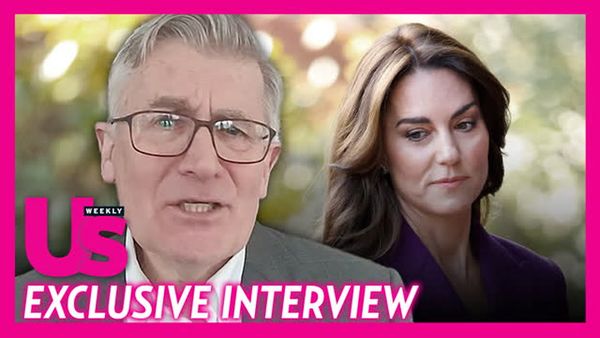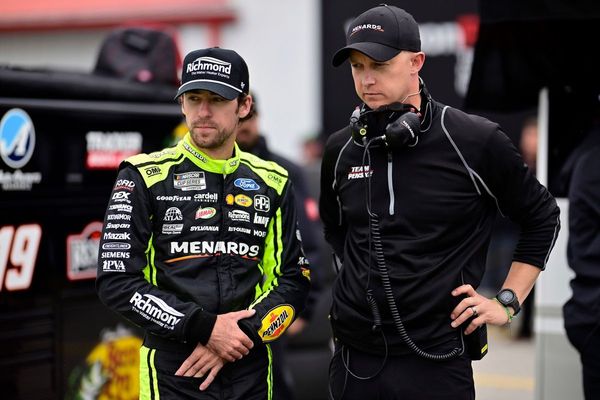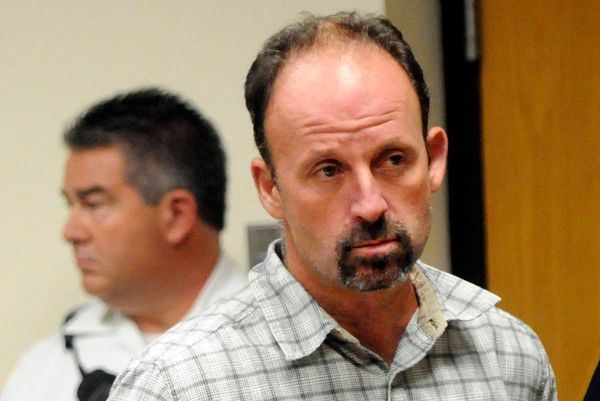The world's largest drug developers typically generate revenue from a portfolio of approved drugs, but some have grown dangerously dependent on a single product.
AbbVie (ABBV) leaned on Humira sales in the U.S. for 31% of total global revenue in 2021. That presents a problem when the drug loses patent exclusivity in summer 2023.
Indeed, more than 10 different biosimilars could be vying for market share 12 months from now. To be fair, Humira -- a treatment for rheumatoid arthritis, Crohn's disease and other disorders -- is the world's best-selling drug. It would represent the lion's share of any company's total revenue.
Regeneron (REGN) faces an even more dire situation. The drug developer leaned on Eylea sales in the U.S. for 54% of total global revenue in the first half of 2022. If collaboration revenue is excluded, then Eylea accounted for more than 92% of net product sales in that span.
That presents a problem considering it faces competitive pressure from a new Roche (RHHBY) drug and multiple biosimilar products.
Luckily for the company and its shareholders, data from a new study suggest Eylea can be reformulated to maintain its market dominance. That doesn't quite solve the dependency problem, but it buys more time to find solutions.
Less Frequent Dosing Delivers Best-Case Scenario
Eylea is an injectable drug used to treat various eye diseases and conditions such as diabetic macular edema and wet age-related macular degeneration. The formulation now on the market can be dosed once every eight weeks, which is twice the interval of a prior-generation drug called Lucentis.
The added convenience has the biologic drug on pace to eclipse $6 billion in full-year 2022 in the U.S. alone. Include global revenue and Eylea was the sixth best-selling drug on the planet in 2021, excluding coronavirus vaccines.
Regeneron claims all domestic sales, while its partner Bayer (BAYRY) assumes responsibility for international sales. The duo shares profits outside their respective territories.
Despite its positioning as one of the best-selling drug products, Eylea's dominance was threatened by rivalries on multiple fronts. Roche recently launched Vabysmo, which enables some patients to receive doses every 12 or 16 weeks. Meanwhile, a number of biosimilar products for Eylea and Lucentis are clamoring to compete on pricing.
Regeneron and Bayer weren't having any of it. A study evaluated using Eylea at a dose that's four-times higher than the current formulation and administered every 12 or 16 weeks. Results from the clinical trial represented a best-case scenario after 48 weeks of evaluation:
- In patients with diabetic macular edema, roughly 91% maintained responses on a 12-week dosing interval and 89% maintained responses on a 16-week dosing interval.
- In patients with wet age-related macular degeneration, roughly 79% and 77% maintained responses at the two dosing intervals, respectively.
- There were no differences in the safety profile compared with the lower dose administered every eight weeks.
If the high-dose formulation can earn Food and Drug Administration approval, it could be quickly rolled out to individuals already receiving Eylea. It would keep competition from Vabysmo at bay, especially considering that Regeneron already dominates access to the patient population.
Roche would find it much more difficult to flip prescriptions away from Eylea without being able to sell ophthalmologists on more convenient dosing.
The situation for biosimilars is similarly affected.
Drug developers with Lucentis biosimilars figured they could use significantly lower selling prices to court some patients to the less convenient dosing.
That could still prove true depending on pricing trends, but there's a much larger convenience gap between the four weeks offered by Lucentis biosimilars and the 12 to 16 weeks that could soon be offered by a high-dose Eylea.
And although several Eylea biosimilars are in development, they cannot launch until 2023 or 2024. They may not have legal or regulatory access to the high-dose formulation either way, which makes the ability to steal market share less likely.
There's Still an Elephant in the Room
Maintaining Eylea's market dominance was Regeneron's first, second, and third priorities for the near-term health of the business. The new high-dose formulation appears to adequately respond to competitive concerns, which will protect the economic opportunity and most of the company's total revenue.
Investors will soon shift their focus to the elephant in the room: How does Regeneron lessen its dependence on Eylea over time?
A handful of promising partnerships with precommercial drug developers, including in Crispr gene editing, could bear fruit.
Acquisitions are also a possibility, although the company has historically shunned mergers. According to Biopharma Dive, the industry titan made its first-ever acquisition of a publicly traded company in April 2022. Regeneron was founded 35 years ago.
For now, investors can rejoice. Eylea is well-positioned to maintain its market dominance for the foreseeable future. But threats are emerging on the horizon from gene therapies that promise to provide multiple years or a lifetime of relief for DME and wet AMD patients.
Some drug developers are also exploring ways to deliver Eylea-like products through eye drops instead of injections. That would take the competitive positioning around dosing convenience to a whole new level.
A fuller view of the competitive landscape suggests that although the high-dose win is important, the company will need to refocus its efforts on becoming much less reliant on Eylea – just in case.







